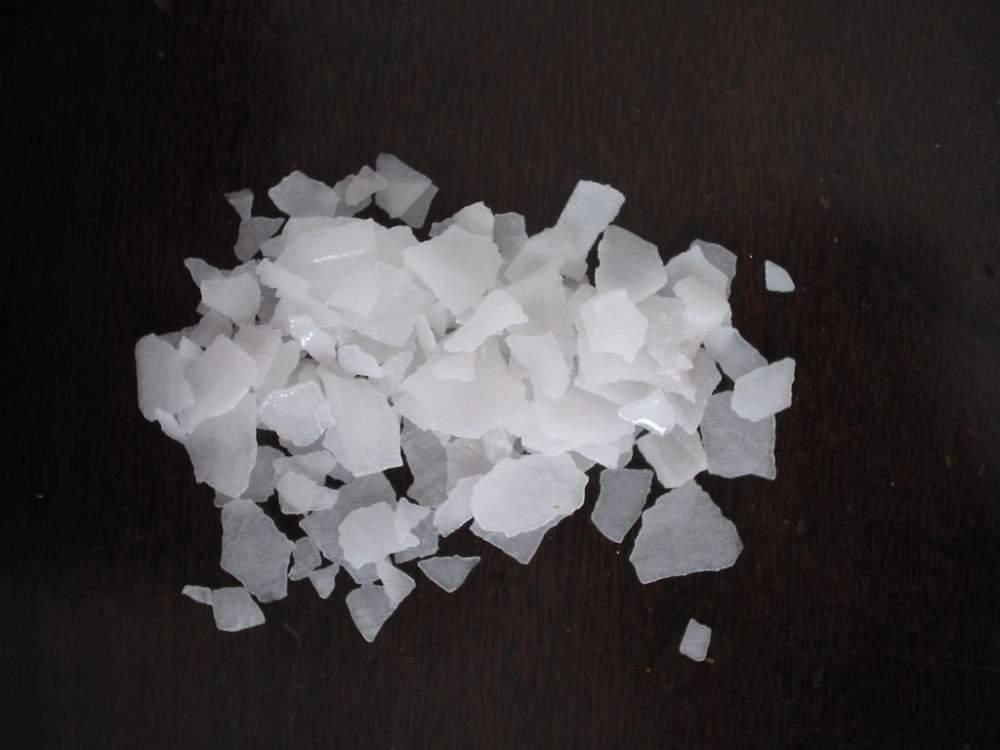Ferric Hydroxide: A Versatile Iron Compound

Ferric hydroxide is an iron compound with the chemical formula Fe(OH)3. It is one of the main components of rust and occurs naturally when iron or its alloys corrode in the presence of water and oxygen. Ferric hydroxide has important industrial applications due to its adsorptive and catalytic properties. It is used as a flocculant in water treatment and as a colorant in various materials. This article discusses the properties, production methods, and major uses of ferric hydroxide.
Properties of Ferric Hydroxide
Ferric hydroxide exists in two crystalline forms - α-FeOOH (hematite) and γ-FeOOH (lepidocrocite). Both forms have a layered structure allowing water and other molecules to intercalate between the layers. This property makes ferric hydroxide an excellent adsorbent. It can adsorb molecules like arsenic, fluoride, phosphate, and certain dyes from water.
Ferric Hydroxide's adsorption capacity depends on factors like pH, temperature, particle size, and presence of other ions in solution. It adsorbs arsenic and fluoride best at pH 6-8 through surface complexation and ligand exchange mechanisms. This property is exploited in water treatment plants worldwide to remove toxic contaminants.
Ferric hydroxide is also a weak catalyst that can catalyze the oxidation of sulfides and the decomposition of hydrogen peroxide. Its catalytic activity depends on the synthesis method and physical properties of the material used.
Production of Ferric Hydroxide
Ferric hydroxide can be produced by precipitation and oxidation methods. Precipitation is the most common industrial production method. In this method, an iron salt solution like ferrous sulfate or ferric chloride is reacted with a base like sodium hydroxide or ammonium hydroxide. This causes ferric ions to precipitate out of solution as solid ferric hydroxide according to the reaction:
Fe3+ (aq) + 3OH− (aq) → Fe(OH)3 (s)
The precipitate is then separated, washed, and dried. Controlling factors like pH, temperature, and mixing speed affect the properties of the final product.
In oxidation methods, ferrous salts are converted to ferric hydroxide by reacting them with an oxidizing agent like hydrogen peroxide, chlorine, or oxygen in alkaline solutions. Ferrous and ferric hydroxides are also produced naturally during mineral weathering or can be extracted from iron ores.
Uses of Ferric Hydroxide
Water Treatment
Ferric hydroxide's excellent adsorption properties make it widely used in water treatment plants. It is used as a coagulant/flocculant in the clarification and softening of drinking water, wastewater, and industrial process water. Ferric salts are dosed into the water where they hydrolyze to form nano-sized ferric hydroxide flocs. These flocs adsorb contaminants and suspended solids facilitating their removal through sedimentation or filtration. It is particularly effective in removing arsenic, fluoride, phosphates, and color from water.
Catalysis
Some forms of ferric hydroxide demonstrate weak catalytic properties for hydrogen peroxide decomposition, sulfide oxidation etc. These reactions are used in cleaning, waste treatment, and paper manufacturing. Ferric ions released during the catalytic cycle help oxidize and remove odors, stains and toxins.
Agriculture
Being a naturally formed substance, ferric hydroxide accumulates in soils. It plays a vital role in maintaining soil pH and structure. Ferric hydroxide also aids plant nutrition by catalyzing redox reactions involved in nitrogen cycling and adsorbing phosphate ions making them available to plants. It is sometimes added directly to soils as a micronutrient and soil conditioner.
Pigments and Colorants
Nanocrystalline γ-FeOOH gives an intense yellow-orange color and is used as an affordable iron oxide pigment known as Venetian red or Indian red. Its colorant properties also lead to applications as a colorant in plastics, paints, inks, cement, and other building materials. Ferric hydroxide nanoparticles have superior transparency, tinting strength and resistance to alkalis compared to traditional iron oxides.
This article discussed the versatile industrial applications of ferric hydroxide arising from its unique adsorption and catalytic properties. As an economical and environmentally-friendly material, ferric hydroxide plays a major role in water treatment and soil management worldwide. Its use as a pigment also demonstrates the importance of materials' physical and optical properties. Continued research to tailor ferric hydroxide's composition, structure and reactivity promises further opportunities in catalysis, sensing and specialty chemical applications.
Get more insights on this topic:
https://www.newsstatix.com/ferric-hydroxide-an-important-iron-compound/
- Art
- Causes
- Crafts
- Dance
- Drinks
- Film
- Fitness
- Food
- Spellen
- Gardening
- Health
- Home
- Literature
- Music
- Networking
- Other
- Party
- Religion
- Shopping
- Sports
- Theater
- Wellness
- IT, Cloud, Software and Technology


